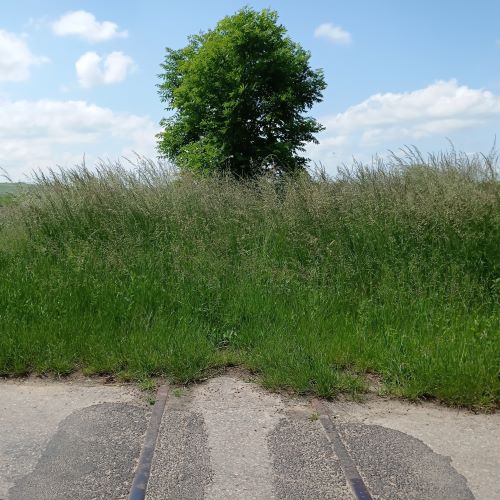
This project has received funding from the European Union’s Horizon 2020 research and innovation programme under grant agreement No 952327.

 Web Content Display
Web Content Display
Web Content Display
Web Content Display
 Web Content Display
Web Content Display
Web Content Display
Web Content Display

This project has received funding from the European Union’s Horizon 2020 research and innovation programme under grant agreement No 952327.

 Web Content Display
Web Content Display
Web Content Display
Web Content Display
 Web Content Display
Web Content Display
Web Content Display
Web Content Display
 Central Europe is currently facing diverse and dynamic changes in land use. On the one hand, we observe settlement development, while on the other hand processes of agricultural land abandonment, leading to forest cover increase are widespread in the region. In many places, it results in the development of the contact zones between wildland areas and settlement, called wildland-urban interface (WUI). The increase of forest cover has a positive impact on habitats and dispersal potential of many species, however, a settlement close to the forest makes the contact between humans and animals more probable. That is why, the recovery of large carnivores observed currently in Central Europe makes WUI ideal locations for studying human-animal interactions including disease spread, or human-wildlife conflicts. This research team aims at mapping and analysing WUI at different spatial scales in order to answer the questions of how land use changes affect habitats and animals dispersal, and finally, how it influences human-wildlife interactions. More specifically, we will study WUI development over time, its relation to human-wildlife conflict hot-spots, spatial planning implications, and future conservation challenges.
Central Europe is currently facing diverse and dynamic changes in land use. On the one hand, we observe settlement development, while on the other hand processes of agricultural land abandonment, leading to forest cover increase are widespread in the region. In many places, it results in the development of the contact zones between wildland areas and settlement, called wildland-urban interface (WUI). The increase of forest cover has a positive impact on habitats and dispersal potential of many species, however, a settlement close to the forest makes the contact between humans and animals more probable. That is why, the recovery of large carnivores observed currently in Central Europe makes WUI ideal locations for studying human-animal interactions including disease spread, or human-wildlife conflicts. This research team aims at mapping and analysing WUI at different spatial scales in order to answer the questions of how land use changes affect habitats and animals dispersal, and finally, how it influences human-wildlife interactions. More specifically, we will study WUI development over time, its relation to human-wildlife conflict hot-spots, spatial planning implications, and future conservation challenges.
Team leader: Dominik Kaim (JU)
Research team members: Michał Jakiel (JU), Ewa Grabska-Szwagrzyk (JU), Elżbieta Ziółkowska (JU), Mahsa Shahbandeh Vayghan (JU), Piotr Szubert (JU), Anna Szwagierczak (JU)
Supervisors: Tobias Kuemmerle (UBER), Stefan Lang (PLUS), Anton Van Rompaey (KU Leuven), Dirk Tiede (PLUS)